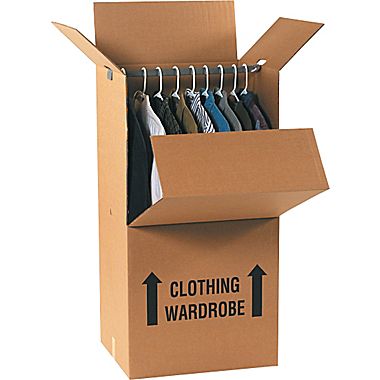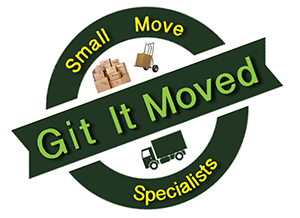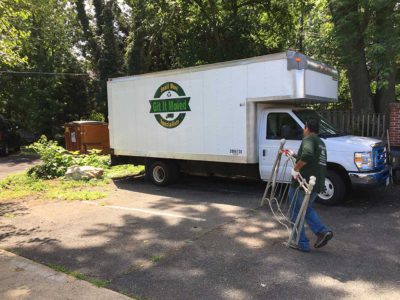Once you’ve packed your life into boxes and moved miles away to a new location, you might feel exhausted when you arrive at your final destination. But the first few hours in a new place can make a huge difference. When used wisely, this time will help you adjust to your new space, get your life in order, and prevent problems with your landlord or property later on.
1. Do a Walk-Through Inspection
The things that attracted you when you first looked at your new home will remind you why you decided to move in the first place.
Now that you’re ready to move in, you may start to notice a few details that didn’t cross your mind before. For example, when you use the stove or the sink for the first time, you’ll probably observe some things that need to be repaired.
When you take the time to thoroughly examine your new home on the first day, you reduce the likelihood that you’ll run into surprises weeks and months down the road. You’ll also have the ability to call your landlord or previous owner with any complaints or requests.
2. Take Pictures of Any Trouble Spots
For big problems that affect the integrity of your home, like a bug infestation or water damage, take a photo of the issue and document the date. Send these pictures with a brief written description to your landlord. These photos let the landlord know of any problems he or she needs to fix and prevent you from getting charged for previous damages to the property.
If you own your home and notice sizable problems that could decrease your home’s value, consult with your real estate agent or attorney for the best way to get compensation.
3. Make a To-Do List
For minor repairs, like a dripping faucet or cracks in the ceiling, jot them down onto a master list. Write down your findings as soon as possible. You might not notice tiny problems once you fill your home with furniture, so this list will remind you what items to take care of. In a few days, prioritize this list and set goals to fix the problems in order of importance.
4. Clean the Surfaces
Though you shouldn’t have to deep-clean your new space, you’ll feel better knowing that the counters, floors, and other open surfaces are clean.
Pack a broom and dustpan into an accessible box and sweep the floors in your new home before you unpack your belongings. You should wipe down open surfaces with disinfecting wipes as well.
5. Unpack One Day’s Worth of Supplies
When you start unpacking, don’t overwhelm yourself. Look at your box labels and find the items that you need to use every day. (You will need toothbrushes and towels on the first night, but you might not need lamps or silverware right away.)
If you feel ambitious, you can place your moving boxes into the rooms where they’ll eventually end up, but don’t worry about unloading all your knick knacks during the first 24 hours.
6. Start to Set Up a Room
After you’ve found the necessities, start to unpack one room before you go to bed. For example, if you have kids, it might help them feel comfortable if you help them get settled into their new bedrooms.
Make sure they have sheets and blankets on their beds, and tuck them in with a favorite pillow or stuffed animal. They’ll sleep well, and you’ll feel less overwhelmed at the task ahead of you.
If you’re moving alone, start with your own bedroom on the first day. Leave large projects, like the kitchen, for another time when you have more energy.
 Those special packing boxes for hanging clothes are designed to look and act like small closets. Like a life-sized wardrobe, the special-purpose boxes even have their own metal rods to hold the hangers that in turn hold the clothes wrinkle-free, protected, and easily accessible. Ultimate protection for your expensive clothes: no wrinkles, no dust, no damage of any kind. Quick packing and unpacking as your clothes are transferred directly from your closet into those boxes, together with the hangers.
Those special packing boxes for hanging clothes are designed to look and act like small closets. Like a life-sized wardrobe, the special-purpose boxes even have their own metal rods to hold the hangers that in turn hold the clothes wrinkle-free, protected, and easily accessible. Ultimate protection for your expensive clothes: no wrinkles, no dust, no damage of any kind. Quick packing and unpacking as your clothes are transferred directly from your closet into those boxes, together with the hangers. If you’re moving on a budget, then it’s only normal that you’ll want to save as much as possible on your move. In such a case, you won’t be willing to spend money to purchase costly wardrobe boxes. It’s okay, there’s an alternative packing method that is often viewed as a packing trick, or even a hack to pack clothes in garbage bags. Trash bags will take less space inside the moving truck packing hanging clothes in trash bags is super quick and easy.
If you’re moving on a budget, then it’s only normal that you’ll want to save as much as possible on your move. In such a case, you won’t be willing to spend money to purchase costly wardrobe boxes. It’s okay, there’s an alternative packing method that is often viewed as a packing trick, or even a hack to pack clothes in garbage bags. Trash bags will take less space inside the moving truck packing hanging clothes in trash bags is super quick and easy.






 Our guys started out this morning with a move from Leesburg to Arlington. The customers were a little worried about the move and how they were going to transition into their new home. But with Git Rid Of It we were there to help ease their minds and make the move just that much easier. Our companies main goal is to make this day as stress free as possible for our customers.
Our guys started out this morning with a move from Leesburg to Arlington. The customers were a little worried about the move and how they were going to transition into their new home. But with Git Rid Of It we were there to help ease their minds and make the move just that much easier. Our companies main goal is to make this day as stress free as possible for our customers.